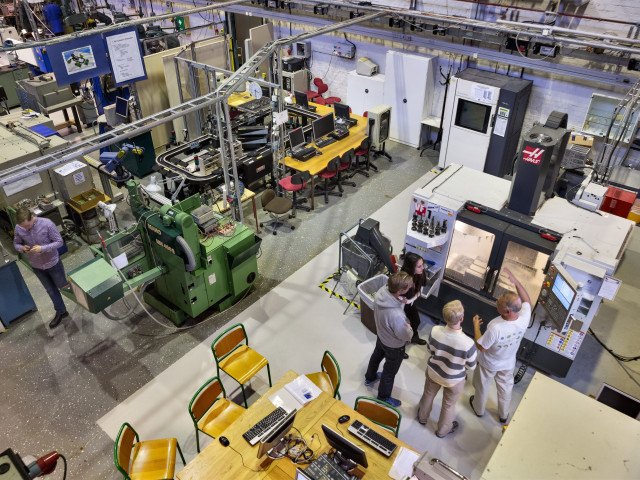CH2005 Evaluation and Measures of the Chemical Work Environment 7.5 credits

Content and learning outcomes
Course contents
• Work environment regulations
• Chemical and microbiological risks
• Risk assessment
• Measurement methods and measurement strategies
• Control measures
• Intervention
Intended learning outcomes
The overall aim is to provide knowledge about chemical and microbiological risk management and ability to apply this knowledge on different types of chemical and microbiological risks at the workplace to prevent health effects and accidents.
The course will provide knowledge within the following topics and ability to use the knowledge in problem-solving:
Legislation concerning chemicals and microorganisms.
Impact on health and safety.
Risk assessment including measurement of air contaminants
Control measures that reduce exposure and risks of accidents, through technical and organisational design of work, and workplaces.
Adaptation of control measures to the workplace.
By the end of the course, the students should be able to:
1.Describe, exemplify, and explain how all the above-mentioned factors affect safety, health, well-being, and performance.
2.Perform measurements and risk assessments relating to all the above-mentioned factors in order to assess exposure and to be able to propose control measures that eliminate or reduce the exposures. The capability to perform measurement involves knowledge about measuring methods as well as measurement strategies.
3.Describe, discuss, and critically analyse the advantages and limitations of different measuring strategies and be able to interpret and draw conclusions from measurement results.
4.Propose work environment improvements according to the hierarchy of prevention and control concerning the above-mentioned factors
5.Critically discuss risk assessments and control measures in relation to relevant work environment regulations.
6.Describe the EU regulations and Swedish legislation and provisions for all the above-mentioned factors.
7.Find and interpret information about health hazards with chemical products and substances and use this information in risk assessment of handling of and exposure to chemicals.
8.Describe common microbiological risks, in what environments they occur, how such risks can be assessed and how they can be controlled.
9.Describe the demands on employers regarding chemical risks and be able to support organisations and adapt the methods to the organisation’s needs and prerequisites.
10.Be able to identify barriers and facilitators for implementation of work environment improvements and to discuss pros and cons of different control measures and strategies.
Literature and preparations
Specific prerequisites
· Academic first degree, 180 higher education credits in engineering or natural sciences or equivalent education and English language skill equivalent to English B/English 6. 15 credits in mathematics or statistics.
Recommended prerequisites
Equipment
Literature
Examination and completion
If the course is discontinued, students may request to be examined during the following two academic years.
Grading scale
Examination
- OVN1 - Exercises, 1.0 credits, grading scale: P, F
- RED1 - Project work, 2.5 credits, grading scale: P, F
- TEN1 - Written exam, 4.0 credits, grading scale: A, B, C, D, E, FX, F
Based on recommendation from KTH’s coordinator for disabilities, the examiner will decide how to adapt an examination for students with documented disability.
The examiner may apply another examination format when re-examining individual students.
Intended learning outcome number 1 is examined in OVN1 and TEN1.
Intended learning outcome number 2 is examined in RED1 and TEN1.
Intended learning outcome number 3is examined in RED1 and TEN1.
Intended learning outcome number 4is examined in RED1 and TEN1.
Intended learning outcome number 5 is examined in RED1 and TEN1.
Intended learning outcome number 6 is examined in TEN1.
Intended learning outcome number 7 is examined in RED1.
Intended learning outcome number 8 is examined in RED1 and TEN1.
Intended learning outcome number 9 is examined in TEN1.
Intended learning outcome number 10 is examined in RED1 and TEN1.
Opportunity to complete the requirements via supplementary examination
Opportunity to raise an approved grade via renewed examination
Examiner
Ethical approach
- All members of a group are responsible for the group's work.
- In any assessment, every student shall honestly disclose any help received and sources used.
- In an oral assessment, every student shall be able to present and answer questions about the entire assignment and solution.